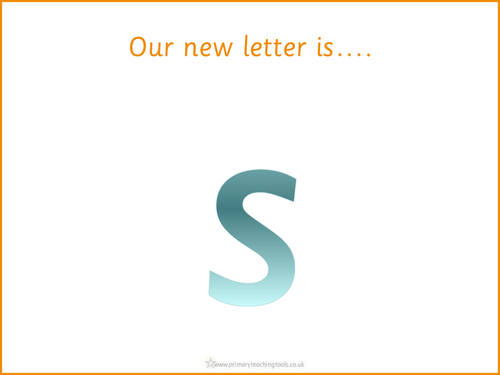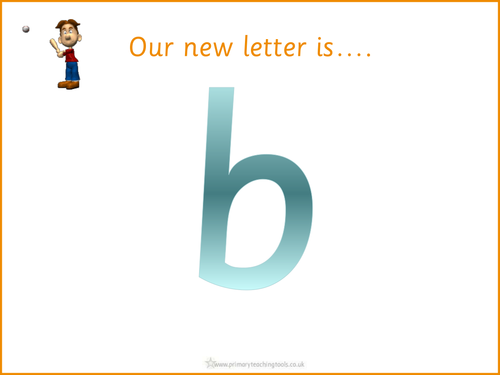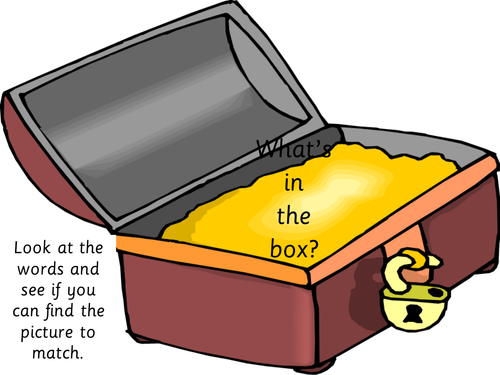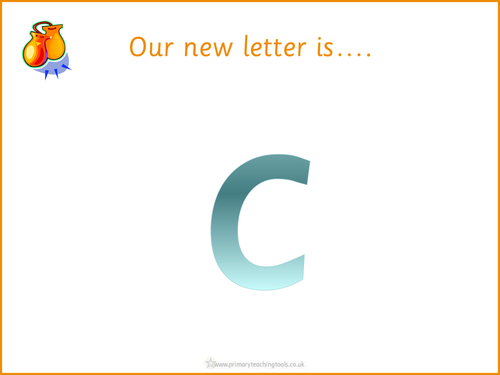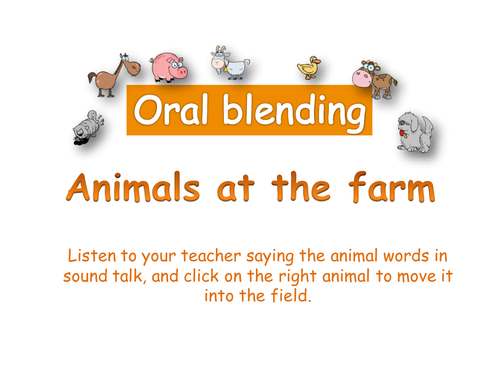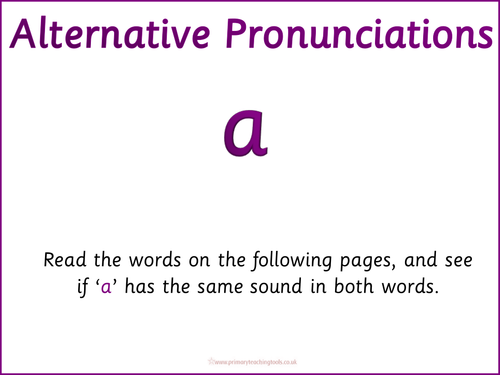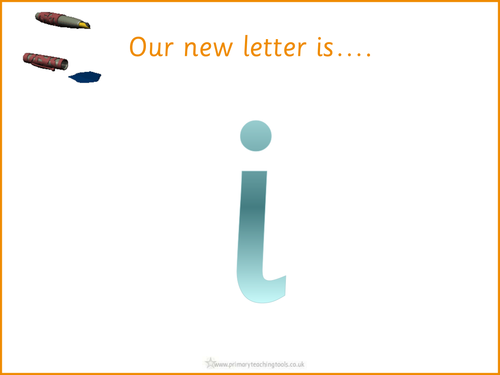
404Uploads
1066k+Views
681k+Downloads
English language arts

Letters and Sounds Phase 5 Phonic pack: Alternative pronunciations of ou, e and ey
For each grapheme there is:
An introductory powerpoint looking at each different sound the grapheme makes
A 'Writing sentences' powerpoint with sentences each containing words with the alternative pronunciations
for each different pronunciation, with sentences for the children to write, containing words with the alternative pronunciations
A game where the children have to choose the correct pronuncation of words (except for 'ey')

SPaG Year 1 Spelling pack: Digraphs and trigraph cards & list
A set of cards; 4 per page (46 pages altogether) with words containing the Y1 digraphs and trigraphs. They can be used for display, flashcards or games.
The spelling lists contains groups of spellings in 34 sets.

Phase 2 Letters and Sounds phonic resources: set 1 letters- s a t p - powerpoint introductions
There is one powerpoint for each new letter. Each introductory powerpoint:
Introduces the new letter, shows a picture mnemonic, demonstates correct letter formation then reinforces it with an initial sound game.
Also in the pack:
A powerpoint showing each letter in the set with a picture to help the children remember the sound;
A set of letter flashcards of all letters learnt so far
A 'what begins with....' game where the children have to select an object that begins with the specified letter.

Phase 2 Letters and Sounds phonic resources: set 5 -h b f ff l ll ss - powerpoint introductions
There is one powerpoint for each new letter. Each introductory powerpoint:
Introduces the new letter, shows a picture mnemonic, demonstates correct letter formation then reinforces it with an initial sound game.
Also in the pack:
A powerpoint showing each letter in the set and previous sets with a picture to help the children remember the sound;
A set of letter flashcards of all letters learnt so far
A 'what begins with....' game where the children have to select an object that begins with the specified letter

Phase 2 Letters and Sounds phonic resources: What's in the box activity pack
2 powerpoint 'What's in the box' activities, plus word and picture cards to use in practical games.

Letters and Sounds Phase 5 Phonic pack: Alternative spellings of /oa/
There are a variety of different activities for each phoneme.
The descriptions of the powerpoints are as follows:
Word list powerpoint: Begins with a list of words for reading, then shows each word individually for writing.
Best Bet powerpoint: Introduces the different graphemes for each phoneme, then shows a picture and part of a word, with the relevant grapheme hidden. The children have to choose which grapheme is missing. Each word is added to a table that can be analysed at the end of the game.
Homophones with pictures powerpoint: Contains identical sounding words relating to the phoneme, showing the different spellings and pictures to help remember which is which.
Homophones: Contains identical sounding words relating to the phoneme, with no pictures.
Phoneme Spotter Stories - Three versions of each story - PowerPoint, Smartboard, and pdf format.
Rhyming word generation Smartboard file for recording words with different graphemes.

Letters and Sounds Phase 5 Phonic pack: Alternative pronunciations of g, u and ow
For each grapheme there is:
An introductory powerpoint looking at each different sound the grapheme makes
A 'Writing sentences' powerpoint with sentences each containing words with the alternative pronunciations
for each different pronunciation, with sentences for the children to write, containing words with the alternative pronunciations
A game where the children have to choose the correct pronuncation of words

SPaG Year 2 : Sentence punctuation and commas for lists
2 powerpoint lessons explaining the use of capital letters, full stops, question marks and exclamation marks to demarcate sentences and the use of commas to separate items in a list.

Phase 2 Letters and Sounds phonic resources: set 3 letters- g o c k - powerpoint introductions
There is one powerpoint for each new letter. Each introductory powerpoint:
Introduces the new letter, shows a picture mnemonic, demonstates correct letter formation then reinforces it with an initial sound game.
Also in the pack:
A powerpoint showing each letter in the set and previous sets with a picture to help the children remember the sound;
A set of letter flashcards of all letters learnt so far
A 'what begins with....' game where the children have to select an object that begins with the specified letter.

Phase 2 Letters and Sounds phonic resources for oral blending
4 activities to give children oral practice of blending phonemes into words they are familiar with. There is a powerpoint and accompanying printable sheet for each activity.

Letters and Sounds Phase 5 Phonic pack: Alternative pronunciations of ie, ea and er
For each grapheme there is:
An introductory powerpoint looking at each different sound the grapheme makes
A 'Writing sentences' powerpoint with sentences each containing words with the alternative pronunciations
for each different pronunciation, with sentences for the children to write, containing words with the alternative pronunciations
A game where the children have to choose the correct pronuncation of words (except for 'er')

SPaG Year 1 Spelling pack: Using k for the /k/ sound
Resources to teach the guideline/rule in the Spelling Appendix:
The /k/ sound is spelt as k rather than as c before e, i and y.
POWERPOINT:
Explains the spelling rule and gives examples of words for a class activity where the children can try to spell the words.
PDF:
Wordsearch with relevant words

Letters and Sounds Phase 5 Phonic pack: Alternative pronunciations of a, y and ch
For each grapheme there is:
An introductory powerpoint looking at each different sound the grapheme makes
A 'Writing sentences' powerpoint with sentences each containing words with the alternative pronunciations
for each different pronunciation, with sentences for the children to write, containing words with the alternative pronunciations
A game where the children have to choose the correct pronuncation of words

Letters and Sounds Phase 5 Phonic pack: Alternative spellings of /r/ /s/ and /sh/
There are a variety of different activities for each phoneme.
The descriptions of the powerpoints are as follows:
Word list Powerpoint: Begins with a list of words for reading, then shows each word individually for writing.
Best Bet Powerpoint: Introduces the different graphemes for each phoneme, then shows a picture and part of a word, with the relevant grapheme hidden. The children have to choose which grapheme is missing. Each word is added to a table, that can be analysed at the end of the game.
Homophones with pictures Powerpoint: Contains identical sounding words relating to the phoneme, showing the different spellings and pictures to help remember which is which.
Homophones: Contains identical sounding words relating to the phoneme, with no pictures.

Letters and Sounds Phase 5 Phonic pack: Alternative spellings of /ai/
There are a variety of different activities for each phoneme.
The descriptions of the powerpoints are as follows:
Word list powerpoint: Begins with a list of words for reading, then shows each word individually for writing.
Best Bet powerpoint: Introduces the different graphemes for each phoneme, then shows a picture and part of a word, with the relevant grapheme hidden. The children have to choose which grapheme is missing. Each word is added to a table that can be analysed at the end of the game.
Homophones with pictures powerpoint: Contains identical sounding words relating to the phoneme, showing the different spellings and pictures to help remember which is which.
Homophones: Contains identical sounding words relating to the phoneme, with no pictures.
Phoneme Spotter Stories - Three versions of each story - PowerPoint, Smartboard, and pdf format.
Rhyming word generation Smartboard file for recording words with different graphemes.

SPaG Year 6 Sentence Grammar: Use of the passive
POWERPOINT: Explanation of active and passive sentences and how to arrange an active sentence to make it passive. Explains how and when passive sentences can be used
PRINTABLE FILES (PDF): Passive sentences worksheet: Change the active sentences into passive sentences

Phase 2 Letters and Sounds phonic resources: set 2 letters- i n m d - powerpoint introductions
There is one powerpoint for each new letter. Each introductory powerpoint:
Introduces the new letter, shows a picture mnemonic, demonstates correct letter formation then reinforces it with an initial sound game.
Also in the pack:
A powerpoint showing each letter in the set and previous sets with a picture to help the children remember the sound;
A set of letter flashcards of all letters learnt so far
A 'what begins with....' game where the children have to select an object that begins with the specified letter.

Phase 2 Letters and Sounds High Frequency Words
PowerPoints:
Introduction to tricky words - shows each tricky word with animated sound buttons
Tricky word flashcards
Match the tricky words
Practise writing tricky words - the children are shown the word, then it is hidden whilst they write it, and it can be revealed to check their words.
Decodable HF words - flashcards.
Phase 2 decodable words - 43 pages, organised into letter sets.
Practise writing Phase 2 decodable words - the children are shown the word, then it is hidden whilst they write it, and it can be revealed to check their words.
Printable (pdf):
Three sets of words – decodable high frequency words; general decodable words and tricky words

Phase 2 Letters and Sounds Captions
There are 3 types of powerpoints - some just display the caption and images, one shows 3 captions to match to a picture and the other shows 3 pictures to match to a caption.
The pdf files can be printed for display and activities.

Letters and Sounds Phase 5 Phonic pack: Alternative spellings of /w/ /e/ and /i/
There are a variety of different activities for each phoneme.
The descriptions of the powerpoints are as follows:
Word list powerpoint: Begins with a list of words for reading, then shows each word individually for writing.
Best Bet powerpoint: Introduces the different graphemes for each phoneme, then shows a picture and part of a word, with the relevant grapheme hidden. The children have to choose which grapheme is missing. Each word is added to a table that can be analysed at the end of the game.
Homophones with pictures powerpoint: Contains identical sounding words relating to the phoneme, showing the different spellings and pictures to help remember which is which.
Homophones: Contains identical sounding words relating to the phoneme, with no pictures.



